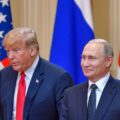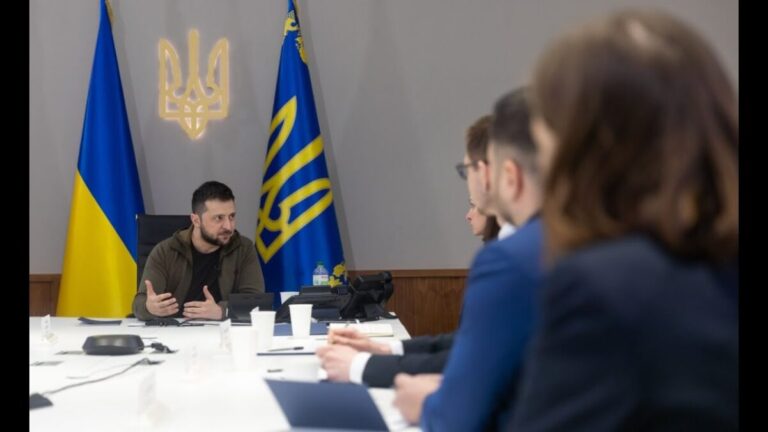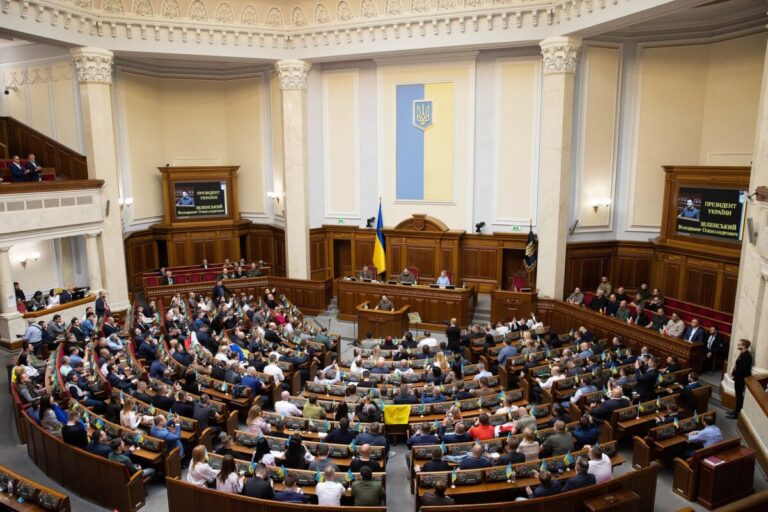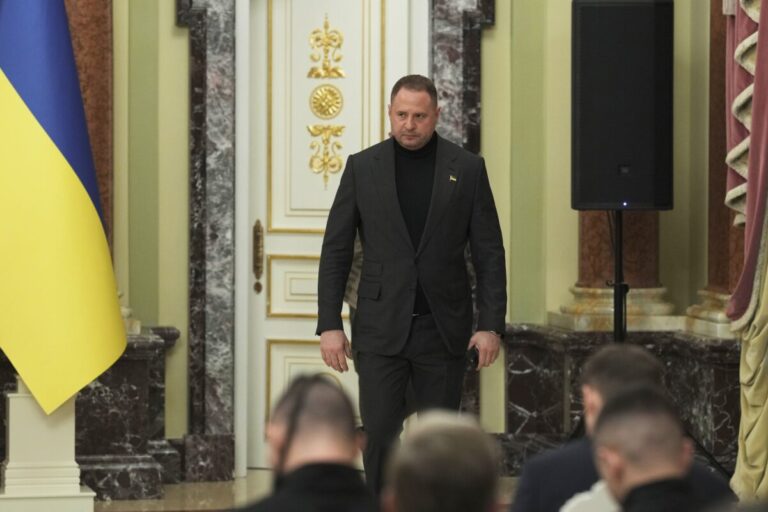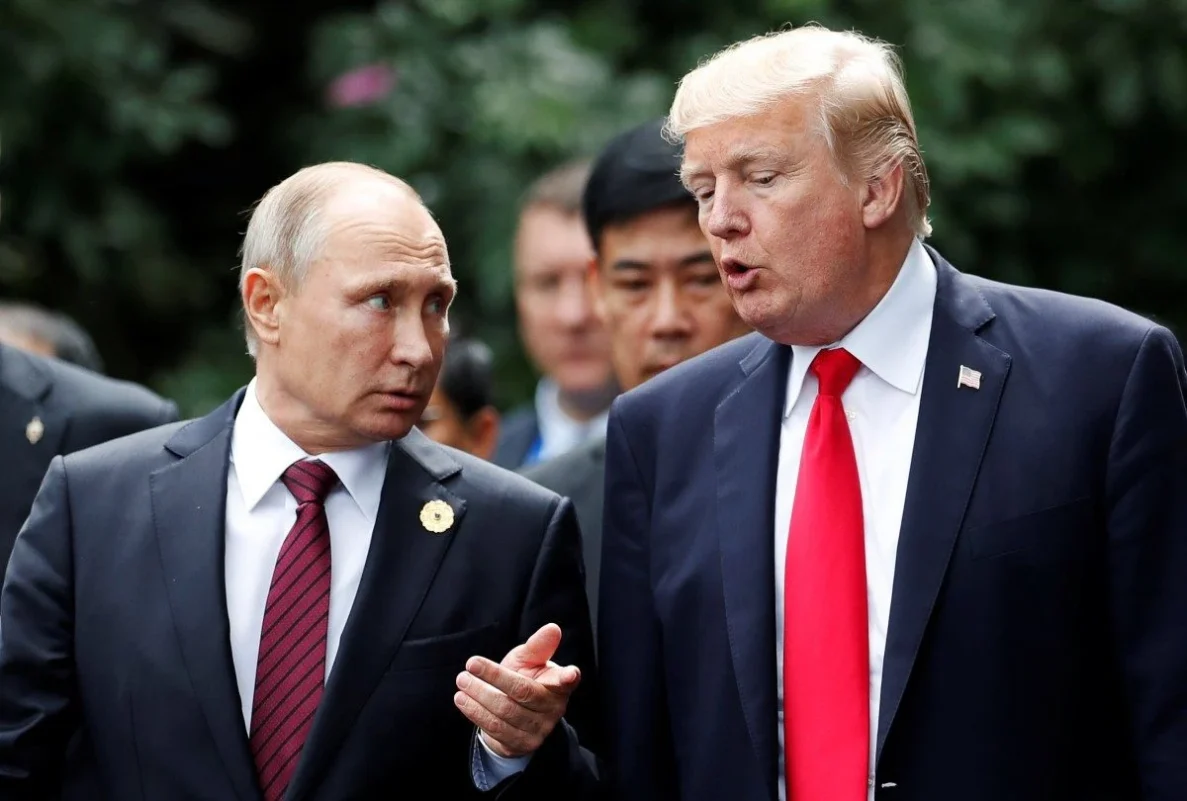
Putin and Trump’s Alaska Meeting: Ceasefire Terms and Ukraine’s Response
Talks about a potential agreement to end the war have once again reached the international stage. According to several foreign media outlets, including Bild, The Wall Street Journal, and Reuters, the Kremlin has proposed a plan for a full ceasefire in exchange for the withdrawal of Ukrainian troops from all occupied territories of Donetsk and Luhansk regions.
According to Bild, Vladimir Putin’s proposal includes two key stages. Stage One Ukraine withdraws its forces from Donetsk region, after which the front line is frozen. Stage Two joint negotiations between Putin and Donald Trump, with the involvement of Volodymyr Zelensky, to finalize the agreement.
Putin reportedly promised that, if the deal is reached, his government would pass a law obliging Russia not to attack Ukraine or any European country.
A quote from the proposal, as cited by Bild:
“Ukraine must begin the actual withdrawal of troops from the territories of Donetsk, Luhansk, Kherson, and Zaporizhzhia regions within their administrative borders… Once these conditions are met on our side, an immediate order will be given to cease fire and start negotiations.”
The U.S. Position: Signals Toward Concessions
U.S. President Donald Trump, commenting on the possible deal, told The Wall Street Journal:
“The final agreement will include certain territorial changes, and Zelensky will have to sign something.”
This statement indicates that Washington may be open to a scenario involving territorial compromises. However, the details of how the United States would guarantee Ukraine’s security in such a case remain undisclosed.
Kyiv’s Response: A Firm Refusal
Volodymyr Zelensky rejected the proposal to hand over all of Donbas to Russia. In a statement published by Reuters, he emphasized:
“The answer to Ukraine’s territorial question is already in the Constitution of Ukraine, and Ukrainians will not give the occupier their land.”
Ukraine views any attempt to freeze the conflict without restoring full control over its territory as part of the Kremlin’s strategy to legitimize the occupation.
Date and Location of the Meeting
According to Western media, the meeting between Putin and Trump is scheduled for August 15 in Alaska. This will be their first in-person talks in the new political context. Zelensky skeptically assessed the choice of location:
“Alaska is too far from Ukraine.”
What Has Changed Since Last Year
Compared to 2024, the Kremlin’s current proposals appear less expansive in terms of territorial demands at that time, Moscow publicly insisted on the “demilitarization” of Ukraine and official recognition of Crimea as Russian.
Now, the emphasis is on Donbas and securing the front line, but with the clear aim of maintaining political control over these regions and avoiding total international isolation due to the ongoing war.
Potential Consequences
- For Ukraine agreeing to Putin’s plan would mean the effective loss of part of its territory and the risk of renewed aggression in the future, despite the Kremlin’s promises.
- For Russia freezing the front would allow it to retain control over the occupied regions, reduce military expenditures, and attempt to restore economic ties with the West.
- For the West an opportunity to reduce the intensity of the war, but at the cost of potentially losing trust among allies in Eastern Europe.
Negotiations are ongoing, and the Ukrainian question is once again at the center of global attention. However, Kyiv’s stance remains unchanged: without the return of its territories and security guarantees, a peace agreement is impossible.




